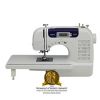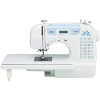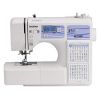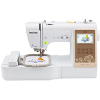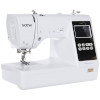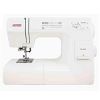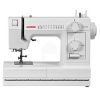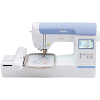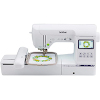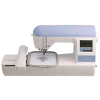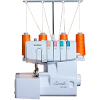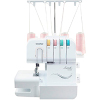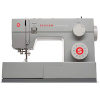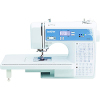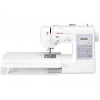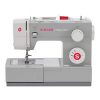Singer Heavy Duty 4423 レビュー
Mar 03, 2020
The Singer Heavy Duty 4423 is a mechanical assembly for home projects that is perfect for those who just learn to sew. It features surprisingly high speed, great tension, the ability to handle both t...
続きを読む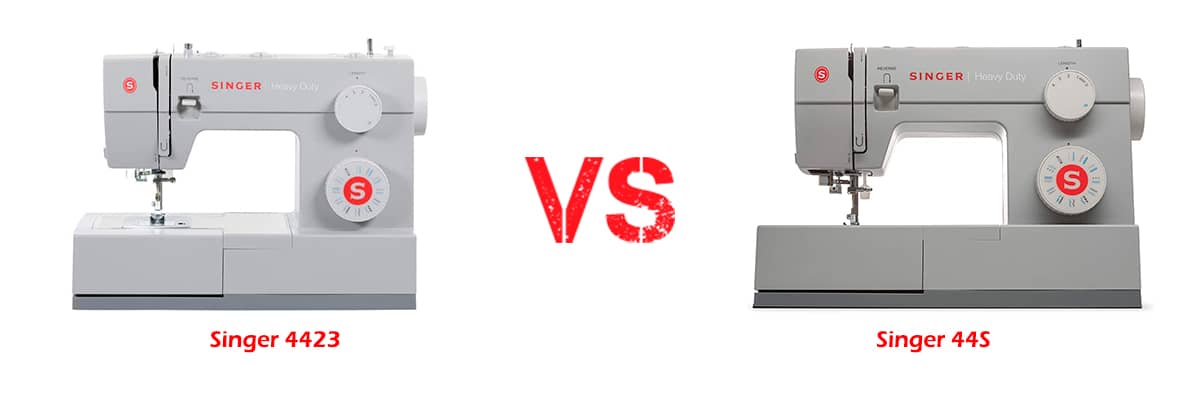
If you've decided to buy a Singer sewing machine, this Singer 44S vs 4423 comparison may be of particular interest to you. These mechanical models are strikingly similar, and it's nearly impossible to tell them apart based on appearance. They're well-built and can handle both thin and thick fabrics with ease.
The 44S loses in the Singer Classic 44S vs Singer 4423 portability battle. It's longer (16.5 in vs 15.5 in), wider (7.25 in vs 6.25 in), and higher (13.2 in vs 12 in) than the 4423. It's also 2.5 pounds heavier (17 pounds versus 14.5 pounds).
These models won't assist you in a wide range of projects since they both have only 23 built-in stitches, which will likely be insufficient for all but the most basic needs. Both units use foot control pressure to regulate the speed. However, in the Singer 4423 vs 44S maximum sewing speed debate, the Singer 4423 beats the 44S by 100 SPM (1100 SPM vs 1000 SPM).
Both machines come with stainless steel bed plates, which greatly improves fabric feeding consistency. Moreover, both models have an automatic needle threader that speeds up the sewing process.
The majority of Singer's mechanical machines are known for their durability, and these two are no exception. Both models are gray, but the 44S is of a lighter shade.
In terms of interface, they both are equipped with a large dial that makes it easy to choose the stitch design and a stitch width dial above it. This way, they are equal in the Singer Heavy Duty 44S vs 4423 ease of use comparison.
The machines are very similar, and even if you compare them meticulously, it's difficult to say which one is better. The models mainly differ by their dimensions—the 44S is larger and heavier and sewing speed—the 4423 is faster.
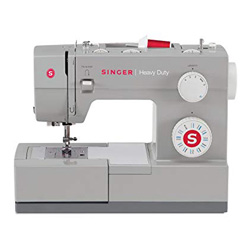
Mar 03, 2020
The Singer Heavy Duty 4423 is a mechanical assembly for home projects that is perfect for those who just learn to sew. It features surprisingly high speed, great tension, the ability to handle both t...
続きを読む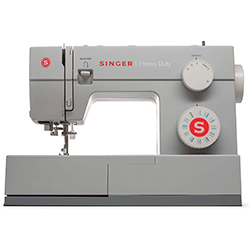
Jul 07, 2021
Singer's non-computerized machines are exceptionally popular among beginners and experienced users. They employ impressive durability and offer all the basic features that most sewers usually look fo...
続きを読むSinger Heavy Duty 4423 が一番 ミシン この比較で. チェック Singer Heavy Duty 4423 価格
